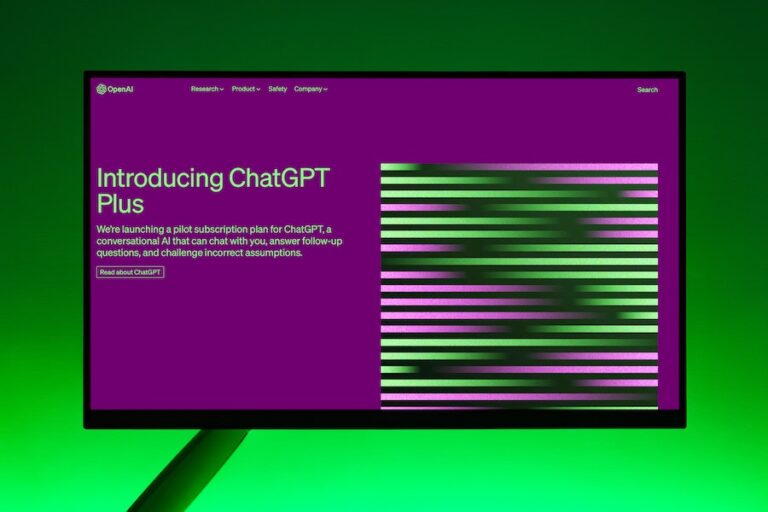In today’s rapidly advancing technological landscape, artificial intelligence (AI) is reshaping various industries, including the realm of image generation. AI-generated images have emerged as a game-changer, revolutionizing the way you create and experience visual content. This article delves into the profound impact of AI generated images and how they transform the creative landscape.
1. The Rise of AI in Image Generation
In recent years, you have witnessed a remarkable rise in the application of AI in image generation. This technological advancement has disrupted traditional visual creation methods, allowing for unprecedented possibilities. Fueled by machine learning and deep neural networks, AI algorithms can analyze vast amounts of data and learn intricate patterns. By doing so, they can generate images that possess a remarkable level of realism and artistic merit.
The rise of AI in image generation has opened up new avenues for creative expression. Artists and designers now have access to a powerful tool that can assist them in exploring innovative concepts, pushing boundaries, and bringing their artistic visions to life.
As per Adobe, “As an embedded model inside Adobe products, Firefly will offer generative AI tools made for creative needs and workflows.”
2. Redefining the Creative Process
Integrating AI into the creative process has redefined the very nature of artistic expression. Artists and designers now have the opportunity to tap into a vast reservoir of styles, techniques, and ideas that were previously inaccessible. AI algorithms can analyze and understand the underlying structure and essence of various artistic styles, allowing creators to experiment with different visual languages and push the boundaries of their craft.
They can provide valuable insights, generate novel ideas, and offer alternative perspectives that ignite the creative spark in artists. The interplay between human creativity and AI-generated images has led to a symbiotic relationship that enhances the artistic process, creating captivating and thought-provoking visual experiences.
3. The Artistic Partnership: Humans and AI Working Together
Contrary to popular belief, the rise of AI in image generation does not seek to replace human creativity. Instead, it aims to augment and amplify the creative potential of artists and designers. The collaboration between humans and AI is a powerful partnership combining both unique strengths. While AI algorithms excel at processing and analyzing vast amounts of data, humans bring their creative intuition, emotional depth, and ability to infuse art with meaning.
4. Democratizing Creativity
One of the most significant impacts of AI-generated images is their potential to democratize creativity. This technology allows aspiring artists and individuals with limited artistic skills to express themselves through visually stunning images. With AI, anyone can become a creator, transcending traditional barriers and fostering a more inclusive creative landscape. It empowers individuals to explore their artistic potential, encouraging broader participation in creating and appreciating visual art.
5. The Future of Image Generation: Possibilities and Challenges
The future of image generation holds immense possibilities. From generating hyper-realistic landscapes to designing intricate patterns, AI can create visuals that captivate and inspire. However, along with these opportunities come challenges. Ethical considerations, such as ensuring responsible use and addressing bias in AI algorithms, are crucial to maintaining trust and integrity. Copyright issues and the preservation of artistic authenticity also require thoughtful consideration as AI-generated images become more prevalent.
AI-generated images are revolutionizing the creative landscape. By leveraging the power of AI, artists and designers can redefine their creative process, collaborate with technology, and unlock new levels of innovation. As you embrace the potential of AI-generated images, navigating the challenges and ensuring that this technology serves as a catalyst for creativity, inclusivity, and positive change is essential.
